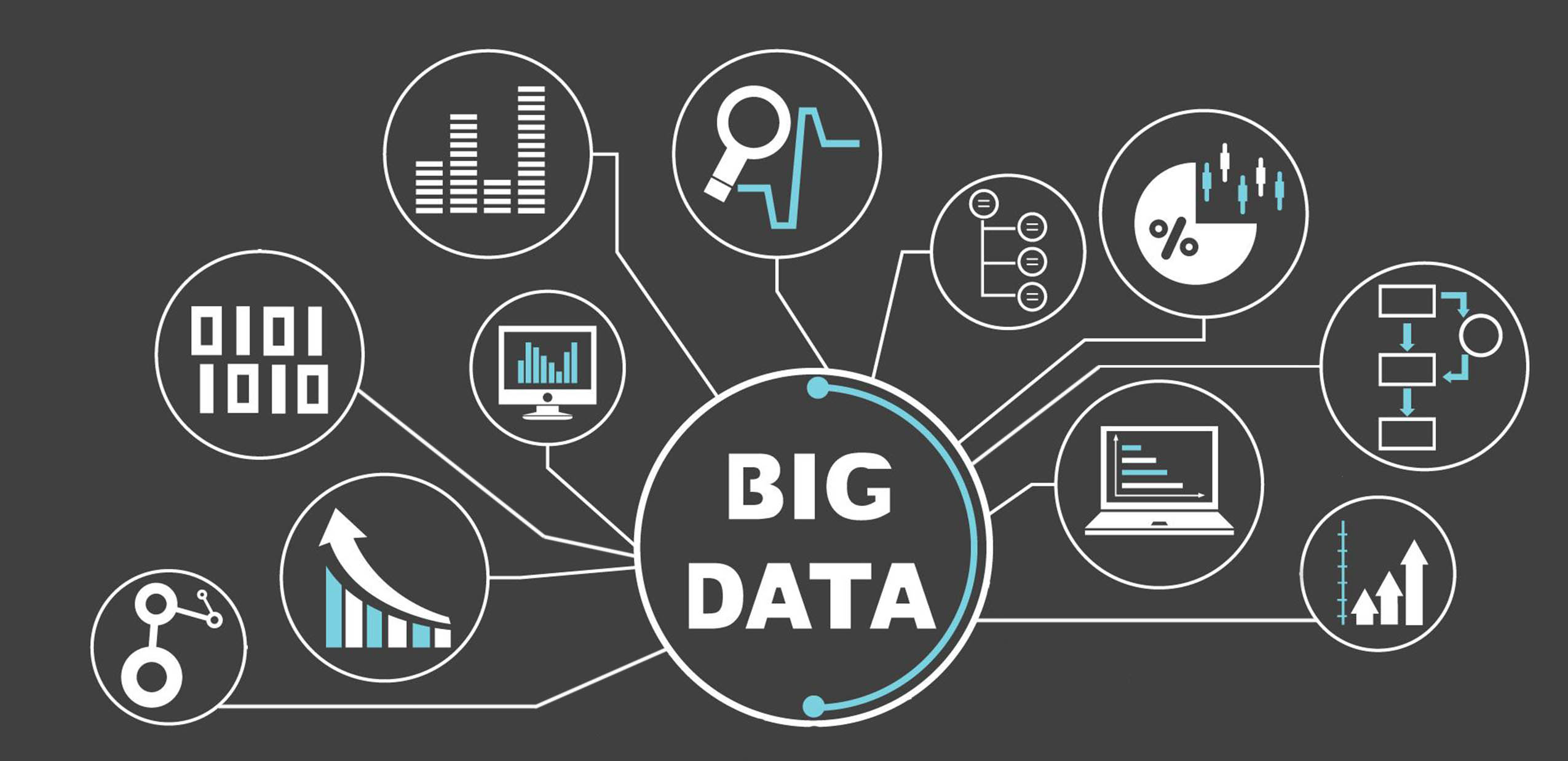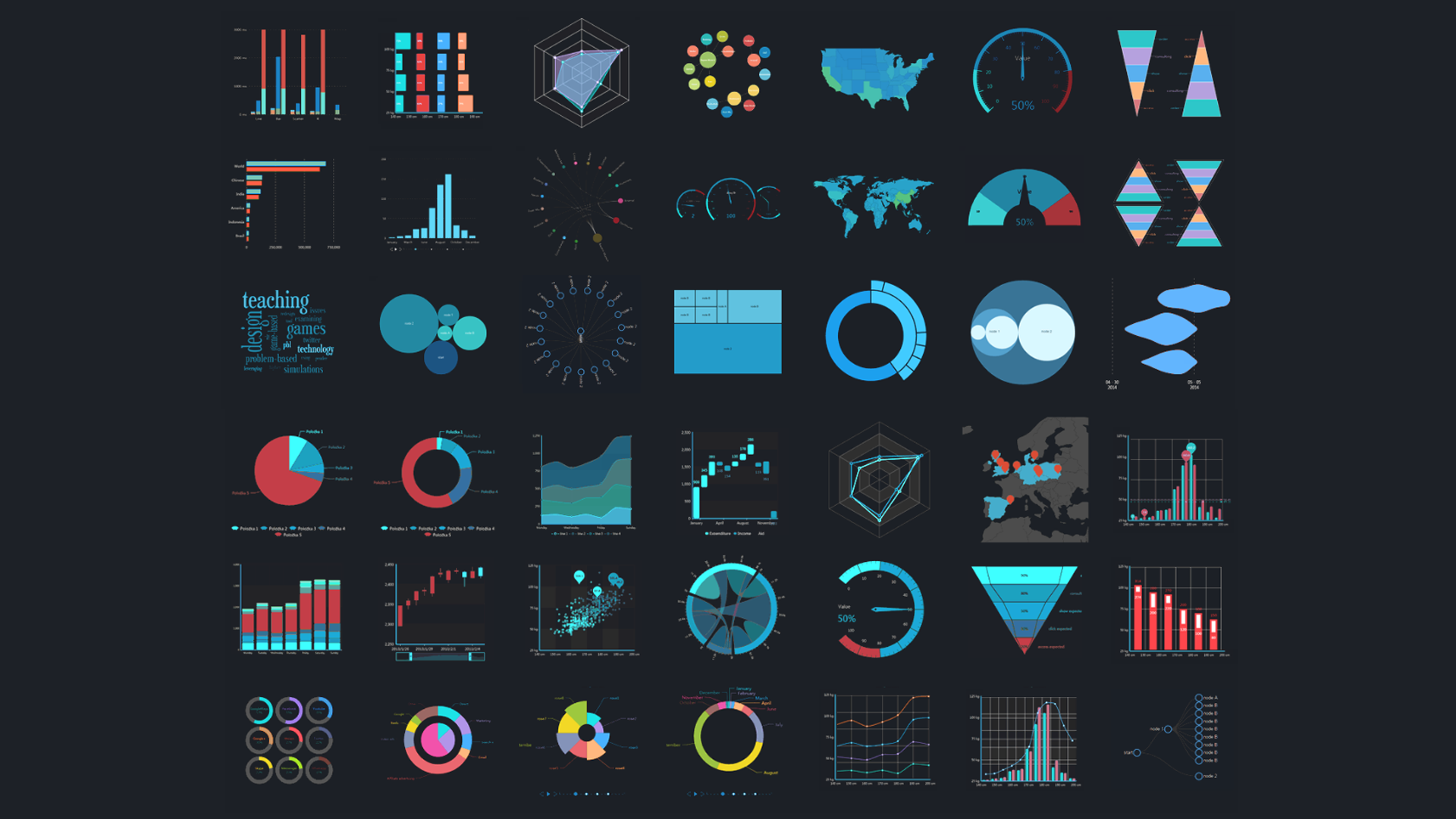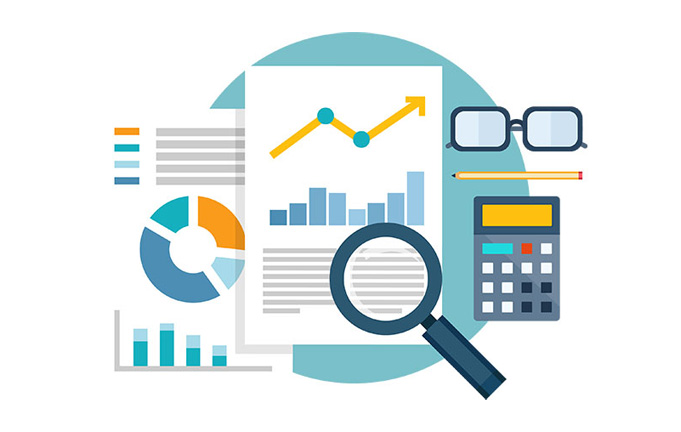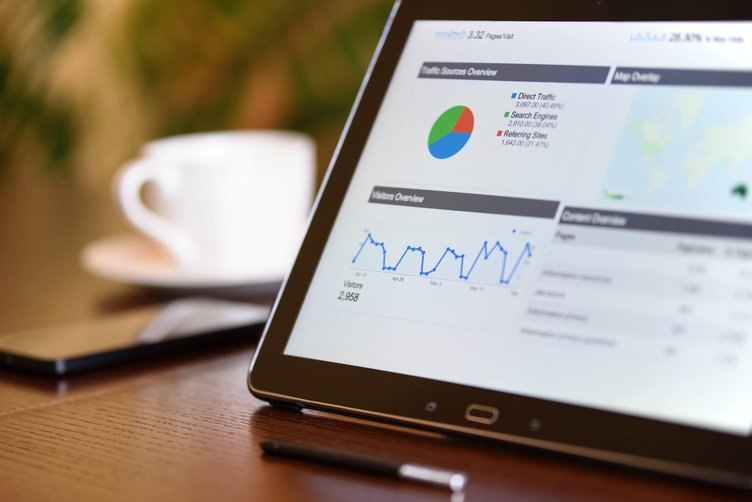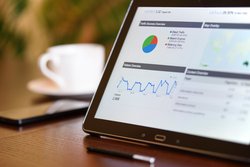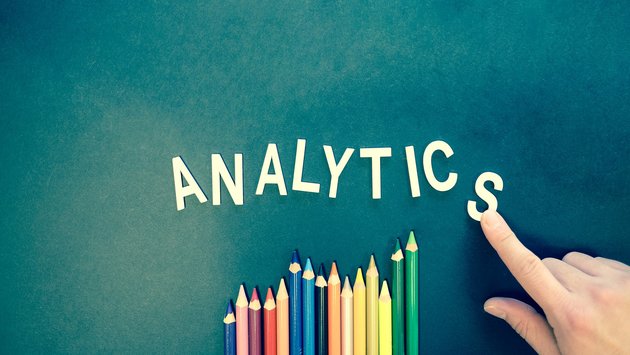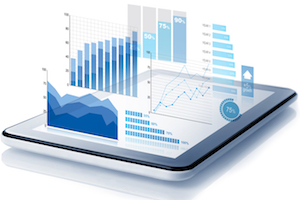Unless you have been living off-grid for the last few years you can’t possibly have escaped all of the hype surrounding “big data” and you may be wondering how your business is supposed to deal with it or better still leverage it to your advantage. If you are concerned that you are being left behind in your data-driven efforts you needn’t be too worried either because according to statistics so are 37 per-cent of the eighty-five percent of all businesses that are actively striving to be data-driven. In fact, the small business landscape appears to be littered with false starts and in this article; we are going to take a look at why that is the case.
Opportunities, recommendations, and a rather steep learning curve
With no shortage of hype concerning what are actually some very real benefits of utilizing big data, it should come as no great surprise that most enthusiastic business owners and managers are eager to embrace the concept. While a reported 65% of business leaders agree that failing to deal with big data can put their organizations at risk of becoming uncompetitive or even irrelevant in their sector, they have since realized that there is no room for one-hit-wonders either.
Strange as it may sound, there has been something of a business culture that promotes big data onboarding at all costs in fear of being left behind by the competition. The actual truth is that for most small businesses at least, big data seems to be accompanied by a rather steep and often expensive learning curve with many operations admitting that they didn’t get it right the first time around. Investing in best advice concerning the right tools for the job is, therefore, far more likely to render the much-needed end results.
Gaining some understanding of big data in relation to your business
In essence, the term “big data” references the huge volumes of information that businesses and organizations naturally generate in the course of their operations. One key aspect of this data is that it is assimilated and grows at an extremely high velocity. This information (data) will come from a diverse and often hugely differing variety of sources and will be assimilated in various formats.
It could include anything from files and financial data to pictures and increasingly, even audio and video. Compounding the difficulties that accompany how this data is stored and handles is a whole raft of legislation concerning how data can be used and stringent requirements related to keeping it secure. The key to utilizing all of this data is how your organization or business discovers, connects, and analyses it and ultimately, how efficient the methods used in doing so actually are.
Making sense of big data in your organization
The good or bad news depending on how your business may choose to react to big data is that it is only going to go one way. In fact, according to industry giants IBM, each individual is already responsible for creating 1.7 MB of data every single minute! With that in mind, simply keeping a handle on your big data is likely to be one of your biggest challenges, and that’s before you even start making sense of it and leveraging it to your advantage.
Big data analytics provide the solution that businesses of all sizes need to effectively deal with the ever-increasing mountain of information that they must process to some degree or another. Apart from anything else, effective data analytics will provide crucial information that your business needs to make informed decisions. The figures, patterns and predictive facts are already there hidden in your data just waiting to be discovered and applied.
Moving your big data analytics up to the next level
The fact is that there is already too much data coming into the average small business to be handled using traditional methods. While spreadsheets and stand-alone data storage methods have worked up to a point, new technology can do the same job in a fraction of the time and we all know that time equates to money even in a non-profit operation. Modern data analytics tools use BI to do the following and more besides:
- Handle and manage your businesses big data no matter its volume
- Discover the data that you may have forgotten about and put it to use
- Create stunning visualizations of your data without the need for analytical or coding expertise
- Share created data dashboards with anyone in your organization that needs data access.
Formulating your big data strategy
By determining the big data needs and opportunities of your organization you will be much better placed to deal with every aspect of them. Remember that onboarding of your team is crucial to success and that they are going to be the end-users. Choosing tools that fit in with the structure of your businesses and the skills of your teams is also likely to render the best results over time. Unless you are an exception to the rule, part of your business ethos is likely to be on-going and scalable expansion and you should ensure that you’re chosen analytics tools are capable of growing in-step with your big data requirements.

